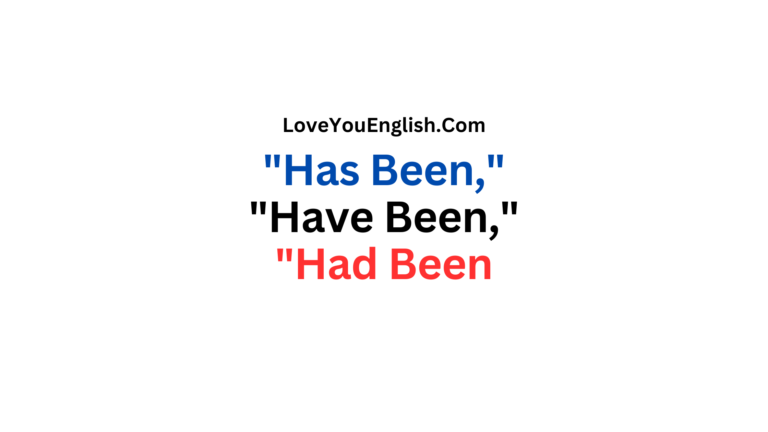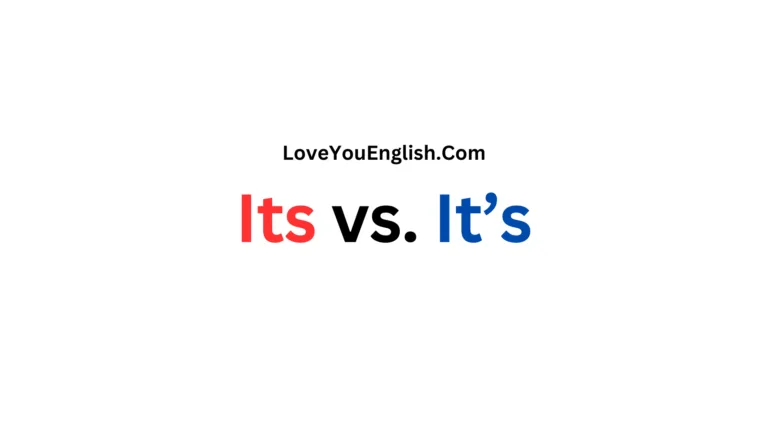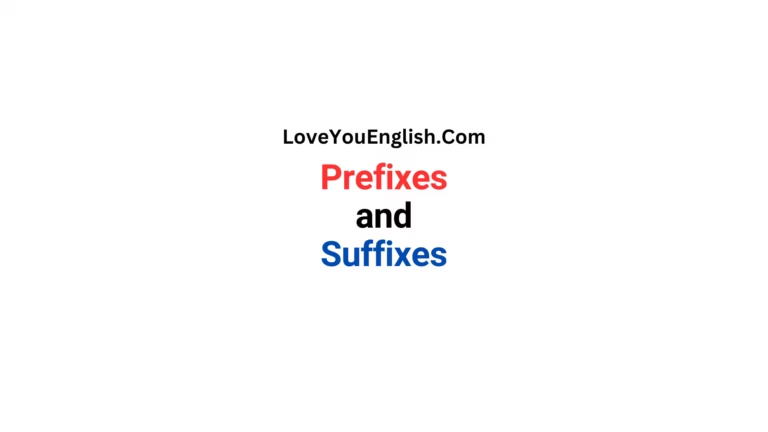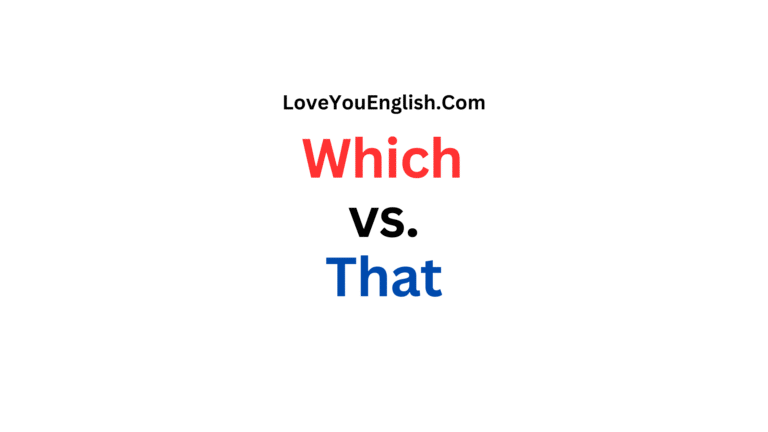How to Use the Future Continuous Tense
When learning English, you might come across different tenses that help you talk about various times and situations.
One of these tenses is the Future Continuous Tense.
If you’re wondering what it is and how to use it, you’re in the right place!
In this post, I will break down the Future Continuous Tense into easy-to-understand parts and provide plenty of examples to help you master it.
What is the Future Continuous Tense?
The Future Continuous Tense, also known as the Future Progressive Tense, is used to talk about actions that will be happening at a specific time in the future.
Think of it as a way to describe something that will be in progress at a future moment.
Here’s the basic structure of the Future Continuous Tense:
Subject + will be + verb (-ing form)
Let’s break this down:
- Subject: This is the person or thing doing the action (I, you, he, she, we, they).
- Will be: This is the future auxiliary verb used to show that the action is happening in the future.
- Verb (-ing form): This is the main action of the sentence, but it’s in the -ing form (like “playing” or “studying”).
When Do We Use the Future Continuous Tense?
The Future Continuous Tense is used in several situations. Let’s look at some of the most common ones.
1. To Describe an Ongoing Action in the Future
We use the Future Continuous Tense to talk about an action that will be happening over a period of time in the future. For example:
In these sentences, the Future Continuous Tense helps us visualize what will be happening at a specific time in the future.
2. To Talk About a Planned Future Event
You can use the Future Continuous Tense to talk about events you have planned. It gives a sense that the action will be happening in the future as part of a plan:
- Next week, we will be traveling to Paris.
- This tells us about a future plan or event.
- I will be meeting with my team tomorrow.
- This is about a future meeting that has been scheduled.
3. To Predict What Will Be Happening
You can also use the Future Continuous Tense to make predictions or guesses about what will be happening in the future:
- By next month, they will be finishing the project.
- In the future, robots will be doing many of our daily tasks.
- This is a guess about future developments.
4. To Emphasize the Duration of a Future Action
The Future Continuous Tense is great for emphasizing how long an action will be happening in the future:
- I will be studying for three hours tomorrow.
- This emphasizes the duration of the studying.
- She will be working on her presentation all week.
- This highlights that the work will be ongoing throughout the week.
More grammar topics:
- Differences Between Very, Too, and Enough
- Gerunds & Infinitives – What is the Difference?
- How to Learn English Grammar for Beginners
- What Is a Gerund? Gerund Definition and Examples
- How to Learn English Grammar: A Comprehensive Guide
How to Form the Future Continuous Tense
Let’s look at how to form sentences in the Future Continuous Tense.
Positive Sentences:
- Subject + will be + verb (-ing form)
Negative Sentences:
- Will + subject + be + verb (-ing form)?
Short Answers:
Common Mistakes to Avoid
Here are some common mistakes people make with the Future Continuous Tense and how to avoid them.
1. Using the Simple Future Tense Instead
Sometimes people use the Simple Future Tense instead of the Future Continuous Tense. For example:
Remember, the Future Continuous Tense focuses on the action happening over time.
2. Forgetting the -ing Form
Don’t forget to use the -ing form of the verb:
3. Mixing Up Will and Be
Make sure you use “will be” together:
Future Continuous Tense vs. Other Future Tenses
It’s useful to understand how the Future Continuous Tense differs from other future tenses.
1. Future Simple Tense
- Future Continuous: I will be studying at 7 PM. (Emphasizes the ongoing nature of the action)
- Future Simple: I will study at 7 PM. (Simply states the action will happen)
2. Future Perfect Tense
- Future Continuous: I will be reading a book. (Focuses on what will be happening at a future time)
- Future Perfect: I will have read the book. (Focuses on completing the action by a future time)
3. Future Perfect Continuous Tense
- Future Continuous: I will be working on the project. (Focuses on the action happening)
- Future Perfect Continuous: I will have been working on the project for 2 hours. (Focuses on the duration of the action)
Conclusion
The Future Continuous Tense is a handy tool for talking about actions that will be ongoing at a specific time in the future.
By using it correctly, you can describe future plans, make predictions, emphasize the duration of future actions, and more.
With practice, you’ll get the hang of forming sentences and using the tense in different situations.
Remember these key points:
- The structure is Subject + will be + verb (-ing form).
- It’s used for ongoing actions, future plans, and predictions.
- Avoid common mistakes like forgetting the -ing form or using the wrong tense.
- Practice with exercises to get better at using the Future Continuous Tense.
Keep practicing, and you’ll become more comfortable with this tense.
Happy learning!








